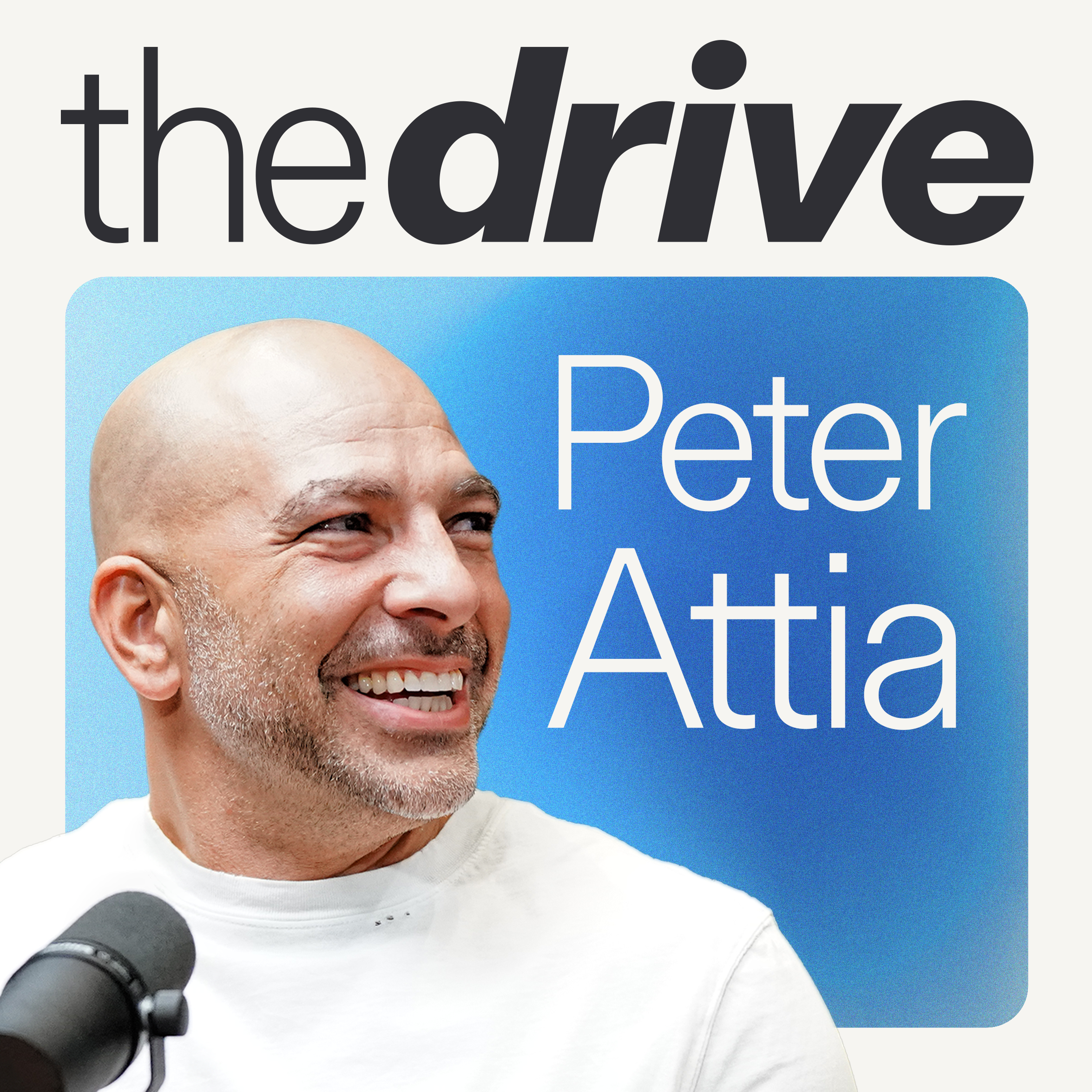.jpg)
Stories of Change & Creativity
Navigate change, spark creativity, and live your best life.
Conversations with students, artists, professors, entrepreneurs, writers and everyday changemakers.
Listeners learn:
- How to navigate change with courage and clarity
- Personal stories of reinvention and creative breakthroughs
- Practical tips and productivity hacks
- How to overcome self-doubt and unleash creative potential
https://linktr.ee/judyoskam
Stories of Change & Creativity
Leadership Playbook - Part 3, CHANGE & BEHAVIOR DESIGN
In part 3 of this short audio series, the focus is on the science of change.
Here's my 4-step leadership playbook:
1. Discover your strengths
2. Understand the science of change
3. Practice compassion and
4. Take action.
Watch this short video by Dr. BJ Fogg.
Topics:
Fogg Behavior Design
Fogg Behavior Model
B=MAP
Tiny Habit Recipe (A-B-C)
Emotions create habits
Thrive Global - Microsteps
Tiny Habits Academy
Hi Friend - Thanks for listening!
Check out my TEDx talk. Why you should take action - then figure it out.
Part 3.
Welcome to Stories of Change and Creativity, I’m Judy Oskam… This is part 3 of my audio series - Create your Leadership playbook. I’m a university administrator and professor at Texas State University. I’m also a certified coach, using a Gallup Strengths, Tiny habits and Thrive framework. I'm excited to join you on this journey.
My leadership playbook consists of 4 steps. 1. Discover your strengths 2. Understand the science of change, 3. Practice compassion and 4. Take action.
In this episode, the topic is change and behavior design.
I became a Gallup Strengths coach years ago and soon found myself looking for strategy and proven techniques to apply my strengths to my work and personal life. That’s when I found the Fogg Behavior Model and BJ Fogg.
Dr. BJ Fogg is founder of the Behavior Design Lab at Stanford University. He’s author of the New York Times Best-selling book - Tiny Habits, The Small Changes that change everything. After years of research, BJ created the Fogg Behavior model. This model uses a simple, but powerful formula. B=MAP. Behavior happens when Motivation, Ability and Prompt happen at the same moment. Let me break this down. If you want a behavior to happen - you first have to want to do it - that’s the motivation. Then you need the ability to do the behavior. And this is where the ability should be really easy to do - keep it super tiny. For example, if you want to start a meditation habit, it’s too daunting for me to create a Tiny Habit recipe to meditate for 1 hour. For me, a more effective Tiny Habit recipe might look like this - After I finish my tea, I will close my eyes and meditate for 2 minutes. Anything longer is extra credit. This tiny behavior checks the ability box for me. It’s easy to spend 2 minutes with my thoughts and if I spend a few more minutes - its extra credit.
And finally - The P in the B-MAP formula a prompt or trigger that initiates the behavior. The key to using this model to create habits that work - is keeping it super tiny. Using the model as a framework - you can create Tiny habit recipes that work.
I trained under BJ Fogg and Linda Fogg Phillips - to become a Tiny Habits Certified Coach. There are two maxims or principals we use when coaching Fogg behavior design and the Tiny Habits method. Fogg Maxim 1 - is help people do what they already want to do. Fogg Maxim 2 is help people feel successful. Emotions create habits. It’s the feeling of success that wires in habits.
When I work with people about designing habits, I start by using a technique called Magic Wanding - Let me give you an example - If you had a magic wand - and you could create any habit, what would you do? The sky’s the limit here. It’s also helpful to think about your mindset by using language like - I’m the kind of person who…. moves my body, eats healthy food, takes care of herself…. It’s important to focus on what you already want to do…….then design a Tiny Habits recipe that makes you feel successful.
Let me share the anatomy of a Tiny Habits Recipe. It’ a simple A-B-C formula. The A stands for anchor. This is an existing routine that can set the start and put your habit in motion. The B is the actual behavior. But remember - we’re keeping this behavior super tiny. And C is for Celebration. Remember - emotions create habits.
The celebration was a little challenging for me. At first, I didn’t understand how much of an impact a simple smile, high five or “I’m awesome” would do for me… or wiring in the habit. But it feels good. And it doesn’t have to be much. I’m not a natural celebration gal. But then I started to think about how we relate to young children learning how to walk . We celebrate every first step. We encourage children and celebrate every tiny step. Celebration works…. it creates the emotion. Emotions create habits.
For one of my tiny habits recipes I wanted to add more movement to my morning. So here’s the breakdown of my Tiny Habit recipe. My anchor is when I turn on the coffee maker. The behavior is doing some counter pushups or stretches, and the celebration is a fist pump or something like that. So here’s the recipe - After I turn on the coffee maker - I will do 2 counter pushups or stretches and celebrate by saying ‘awesome.’ Anything more than 2 pushups or stretches is extra credit and I usually do more than 10. I’ve been using this Tiny Habit recipe since 2020 and now, I don’t even think about it.
Think about all the anchors or routines in your daily life. You wake up, get out of bed. Brush your teeth, make your bed….you get dressed, you get in your car to drive to work, all day long you’re doing things on a routine basis. These can be anchors - in a Tiny Habit Recipe.
You can create Tiny habit recipes for any part of your life. But remember the maxims - do what you want to do and design a recipe that helps you feel successful.
So how can you use Fogg Behavior design to help you advance your career… ?
Maybe you want to increase your writing productivity? Or spend more time reading ? Develop a gratitude practice? Connect more with your friends or family? You can design Tiny Habit Recipes around all of these areas of your life. The Key is finding an anchor, creating a tiny behavior and celebrating.
According to BJ - when you consider changing behavior - it’s important to think about 3 things. First I stop judging yourself. Like new year’s resolutions - most people rely so heavily on motivation, it never works. 2. describe your aspirations - remember the magic wand exercise? - and break them down into super tiny behaviors. And 3. Revise and change up your recipes until they work for you.
You’ll notice that habits can multiply, and success leads to success. The more you practice the skills of change - the more you’ll embrace your new identity.
I also do some coaching with Thrive Global - founded by Arianna Huffington. The Thrive platform and program was designed to enhance productivity by improving well- being. BJ Fogg serves as the Behavior Science Chair of Thrive’s Scientific Advisory Board. Thrive uses terminology like micro-step to create healthy behaviors.
Spend some time and figure out what tiny habits or micro steps work best for you and your life. I encourage you to read or listen to BJ’s book - Tiny Habits. Reach out to me if you’d like some help creating your own Tiny Habit recipes.
If you enjoyed today's episode, don't forget to subscribe to Stories of Change and Creativity and leave a review. Thanks for listening - I’m Judy Oskam ..
Podcasts we love
Check out these other fine podcasts recommended by us, not an algorithm.

Huberman Lab
Scicomm Media
Trip Tales | A Family Travel Podcast
Kelsey Graves
Wiser Than Me with Julia Louis-Dreyfus
Lemonada Media
Latino Business Report
J.R. Gonzales
On Purpose with Jay Shetty
iHeartPodcasts
The Amy Porterfield Show
Amy Porterfield
The Marie Forleo Podcast
Marie Forleo
Buzzcast
Buzzsprout
The Joe Rogan Experience
Joe Rogan
The Peter Attia Drive
Peter Attia, MD
The Minimalists
Joshua Fields Millburn, Ryan Nicodemus, T.K. Coleman
Oprah's Super Soul
Oprah
